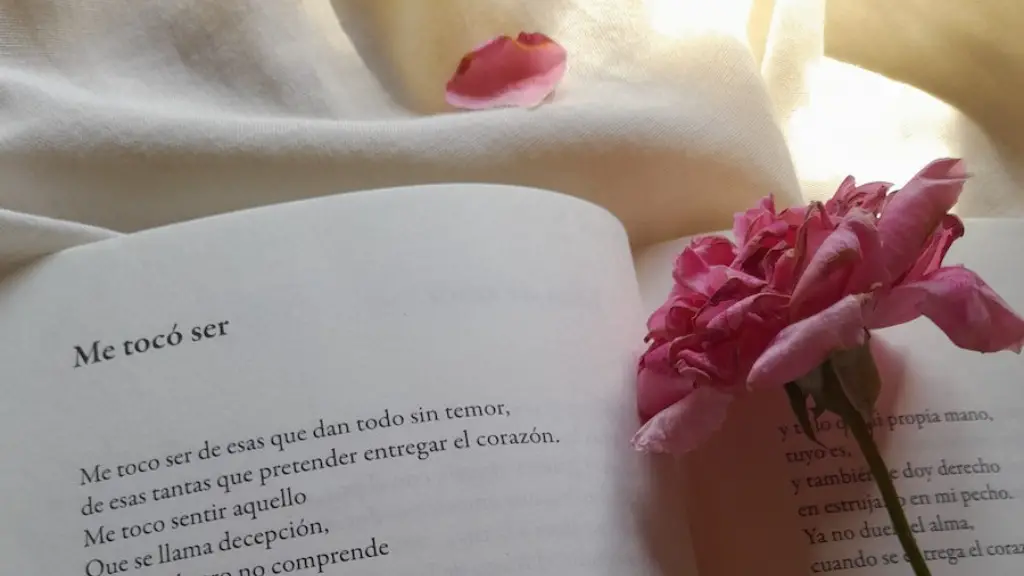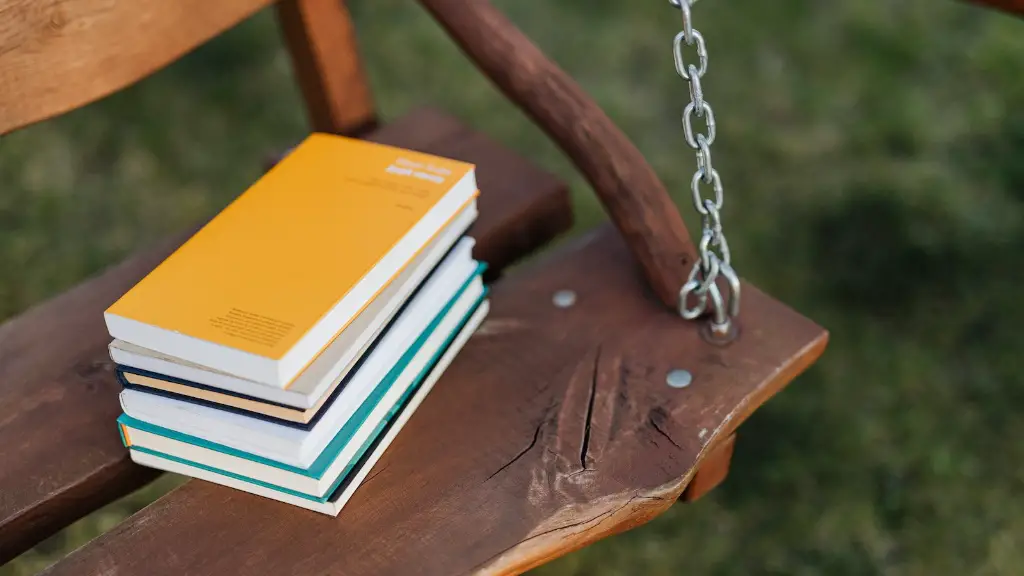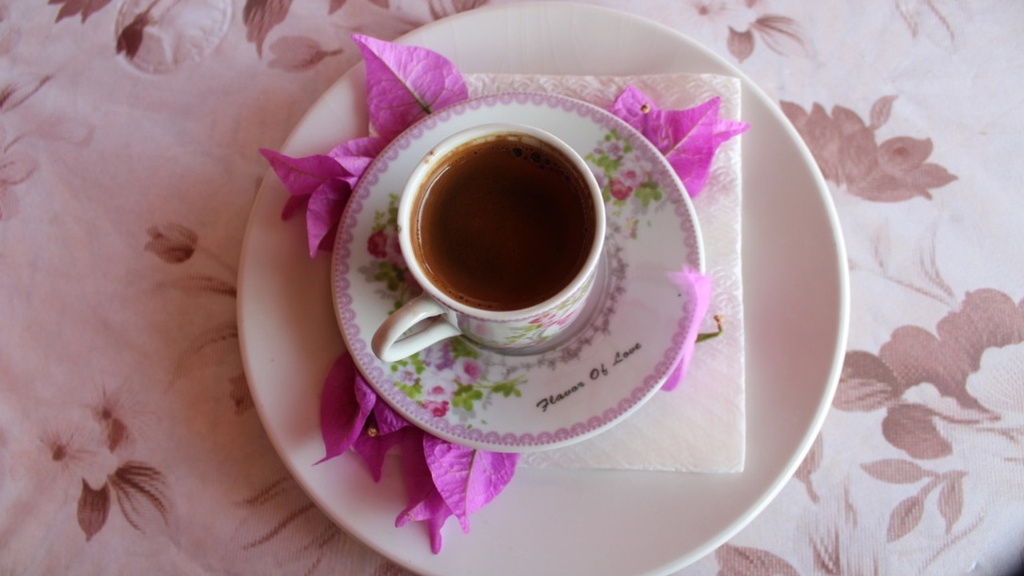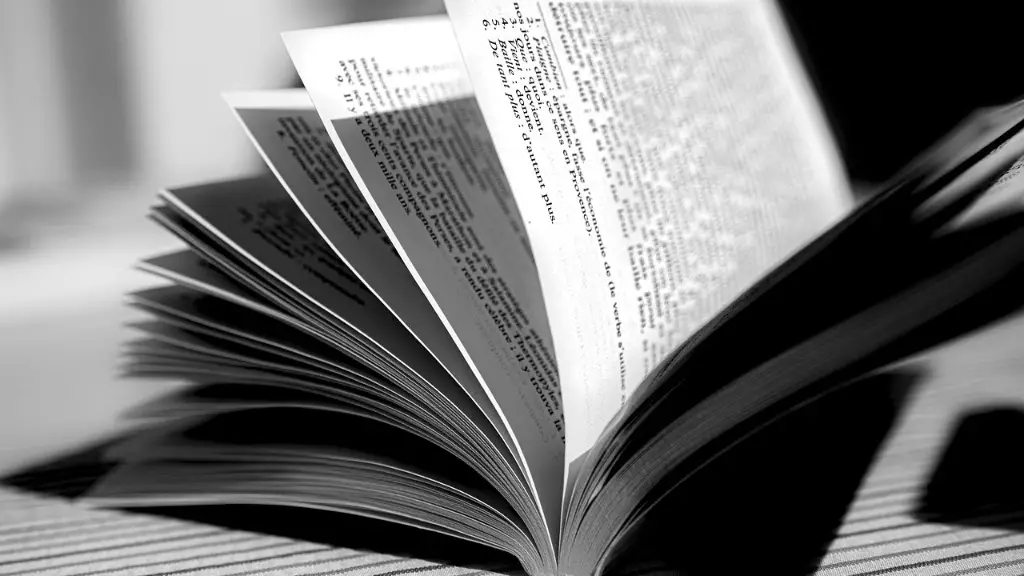What is Syllable in Poetry?
When discussing poetry, there are few terms as important as syllable. It serves as a building block for poets to create lines and stanzas, and as a measurement for meter. Learning about syllables is necessary for any beginner starting their journey into poetry.
A syllable can be defined as a single unit of written or spoken word that contains a single vowel sound. The term “syllabic” is commonly used to refer to the number of syllables in language or poetry. Generally, the amount of syllables within the words of a sentence determines their pronunciation and its meter.
The emphasis of syllables plays a key part in the metre of a poem, as it has a direct effect on the rhythm, tempo, and the overall flow of the verse.
There are various features of poetry which assist poets in creating rhythm. These features include stressed and unstressed syllables, known as feet, rhyme scheme, and alliteration. Stress and stress patterns are associated with the natural rhythm of a language.
Stressed syllables, known as heavy or strong syllables, bear more of the poetic metre’s stress. These syllables can be found by bringing the focus of the poetry to a certain part of the word, such as the beginning or the end.
Unstressed syllables are sometimes referred to as light or weak syllables. These are syllables that are not emphasized or pronounced less than the stressed syllables. For example, when reading a poem, one might notice that some syllables are emphasized more than others.
Prosody is the study of the poetic metre and is an integral part of the syllabic structure of poetry. It is a crucial aspect of poetry and often determines the overall effect of the poem. Prosody of a poem is written in a specific pattern. This pattern will determine the effects of the flow and the momentum of the poem.
Along with the prosodic effects of syllabic structure, syllables have other purposes in poetry. Syllables are also used to create rhymes and other effects. The length and the number of syllables in a line can either accentuate or downplay the poem’s rhythm and pace.
An example of this can be seen in Edgar Allan Poe’s poem “The Bells”, where the repetition of a certain number of syllables within each line helps create a faster or slower movement throughout the poem.
Rhythmic Effect
When it comes to poetry, it’s important to consider the rhythm and structure. Rhythm is a key element in poetry that allows the read to experience the poem’s flow. This can be accomplished through the use of varying syllable counts.
Several contemporary poets draw upon techniques found in traditional poetry such as alliteration, assonance and consonance to create rhythm and create interest in the reader. Rhyme is also an important element that is often used to deliver an impressive effect. Using different syllable patterns like couplets, quatrains and odes, these poets create an intentionally structured cadence which helps them instantly grab the attention of their listeners.
The number of syllables, as well as their placement in the sentence, can have a considerable effect on the resulting poem. For example, lengthening a word’s syllables may create a more soothing or melodic rhythm. On the other hand, using shorter syllables may create a sharper and punchier rhythm.
While syllables may not be apparent in some forms of poetry, like free verse, they are still important. Together with other elements such as line breaks, enjambment, internal rhyme and alliteration, syllables can generate a sense of rhythm and movement in the lines of a poem
Accent in Poetry
Accent is another element of syllabic structure in poetry. Accent or stress of the syllables is used to create the rhythm of a poem and determine how it is read. The emphasis or amount of stress in a poem is often linked to a particular syllable. This can also be expressed in the shape of a line or pattern drawn out of the text.
In poetry, accent or stress may be created through the use of repetitions and patterns in language, or through a specific emphasis on a single syllable within a line. To achieve an effect of a strong, powerful and accent-driven poem, poets may opt to repeat some of the words or combine the words in their line to generate the effect of a flowing and powerful sound.
Accented syllables in poems tend to be more memorable and powerful than ones without. Thus, poets often focus on creating aesthetically pleasing structures, combined with poetic devices like rhyme, alliteration, and assonance. When using these techniques, it is important to remember that the accent or stress of a syllable is the key factor in creating a poetic structure that resonates.
Metrical Structure
The metrical structure of a poem is composed of the pattern of its stressed and unstressed syllables. This pattern helps determine the metre and adds aural value to the reading experience per line. It is also a major element which poets use to shape the meaning and message of a poem.
The most common metre in poetry is iambic pentameter, which consists of five poetic feet or syllables. Each foot consists of an unstressed followed by a stressed syllable.
The lines in the meter tend to follow the same sequence of unstressed and stressed syllables. This metrical structure is used to convey a particular meaning or message from the poem. It can be used to create a sense of urgency, potency and drama in lines. It can also be used to add humour and lightness to otherwise serious content.
While much of poetry is composed in a standard metre, there are various other ways to structure a poem. Some poets use open metre or free verse. Open metre does not follow a strict metrical form, such as iambic pentameter, but instead places importance on the structure and flow of the poem. Free verse is an even more relaxed form of metre, with no set number of syllables or lines. Instead of adhering to a strict structure, free verse lets the poet express themselves freely through their use of words.
Rhyme and Repetition
Rhyme is one of the most important elements of poetry. It helps create a sense of unity and order in a poem. Rhyme is also a key technique used to create rhythm and convey a message to the reader. Rhymes rhyme is typically created by utilising similar sounding words at the end of each line.
Repetition is another technique poets use to emphasise their poem’s message. Repetition of words, phrases, or entire lines can help the reader experience the full effect of a particular moment. Repetition can be used to elevate the illustration of an idea or to create an effect of surprise.
By combining these two elements of rhythm, rhyme, and repetition, a poet can create memorable images in the poem that will flow evenly and smoothly. This combination helps to create a standout poem that readers can easily remember and understand.
Conclusion
Syllables are one of the most important components of poetry. They serve as the building blocks of a poem, and are integral for a reader to experience and enjoy the audial qualities of a verse. As poets use them to create rhythm, accent and metrical structure, it is important to understand syllables in order to create effective and captivating poems.





